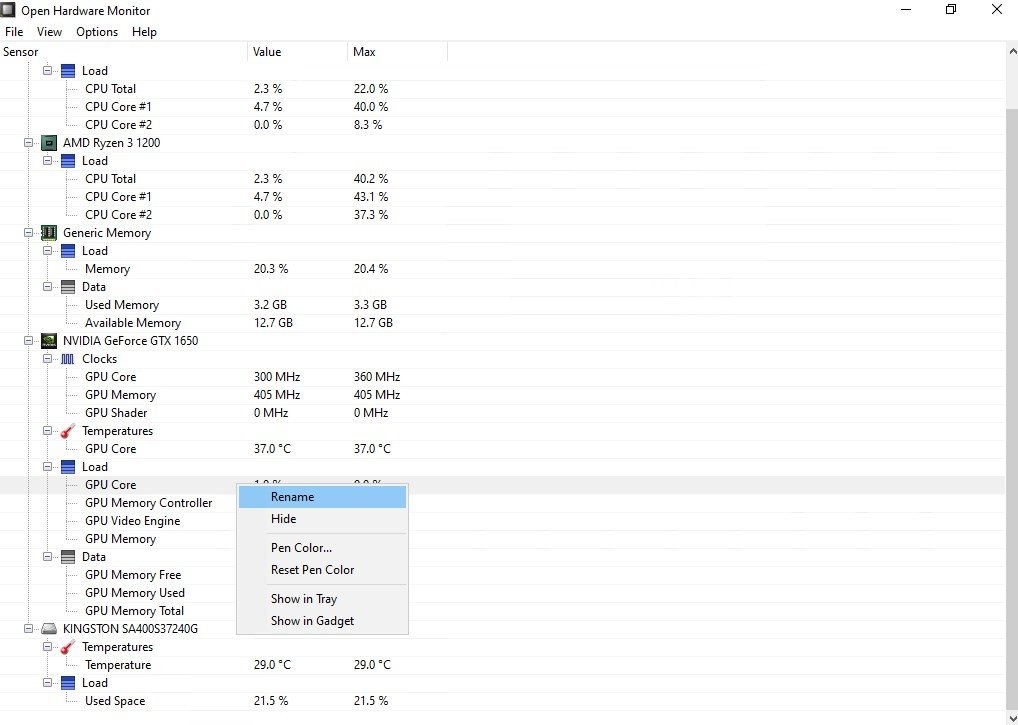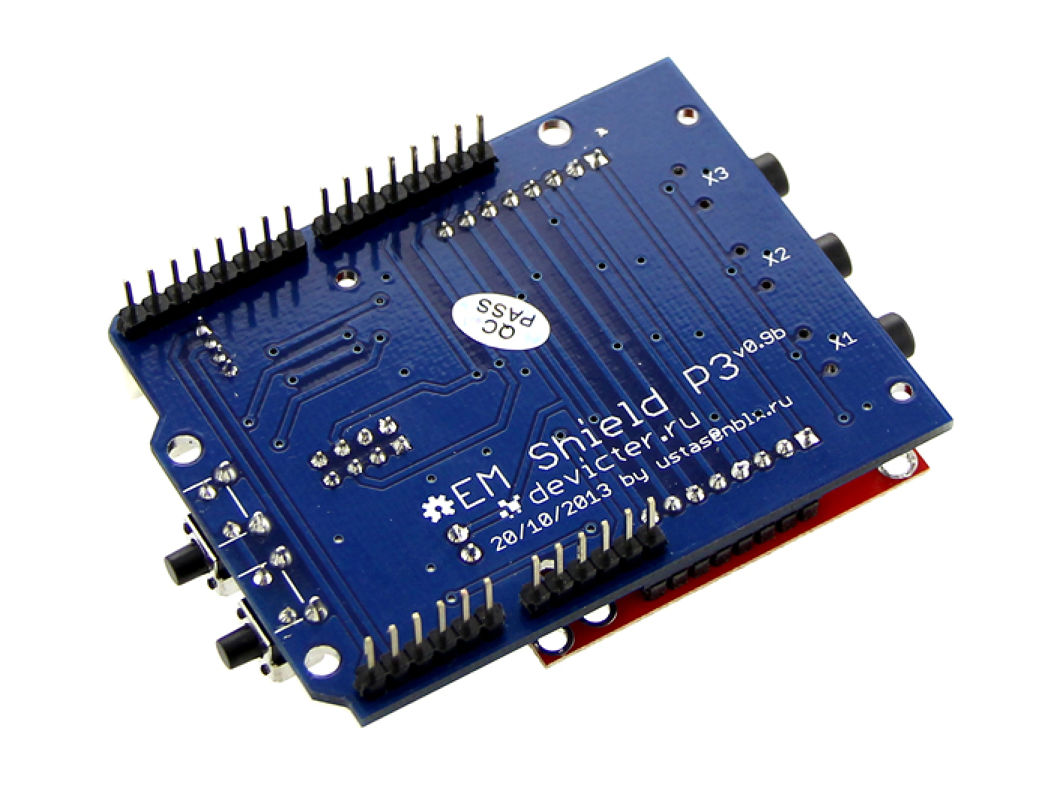
The larger pores of the STA-16 structure make it suited to capturing larger molecules 20. These MOFs have also been investigated for use in gas adsorption and separation 18, 21, 23. The dehydrated forms of these materials have coordinatively unsaturated sites 18, 20, 21, with the consequential Lewis acidity resulting in catalytic applications for these structures 19, 22. A representation of the framework can be seen in Fig. STA-16 is an exceptional material due to its large pore size and diverse range of metal centers-with Co, Ni, Fe, Mn, and Mg reported 18, 19. 1a, further referred to as STA-16 Linker. This material consists of octahedra metal centers connected to the linker N, N′-4,4′-bipiperidinebis(methylenephosphonic acid), Fig. To understand how in situ reaction monitoring could be used to specifically optimize MOF production routes, the STA-16(Ni) system was studied. In situ laboratory pH measurements and turbidity measurements, the latter performed using a low-cost Raspberry Pi-based apparatus, showed similar trends to XRD, suggesting that important insights could be gained from the use of cheaper consumer electronics alone. used in situ synchrotron XRD to monitor the formation of ZIF-8, shedding light on its complex crystallization mechanism 17. The downside to these techniques is that they are often expensive and complicated to use, requiring specific training. Such techniques include X-ray diffraction, small-angle and wide-angle X-ray scattering (SAXS and WAXS), NMR, dynamic and static light scattering (DLS and SLS), and scanning and transmission electron microscopy (SEM and TEM). Time-resolved ex situ and in situ techniques have been used to investigate MOF crystallization mechanisms and reaction intermediates-key aspects of material scale-up 16. Optimization of preparation routes is key if a given material is to be of commercial relevance. Poor solvent choice, low concentrations and the use of pressure vessels plague the literature. While much work has focused on design 14 and fundamental understanding 15, commercialization of these preparation routes is not a trivial task. These materials are becoming a target for commercialization as their applications are continually demonstrated. MOFs are a possible disruptive innovation with applications including gas separation, catalysis, drug delivery and medical devices 10, 11, 12, 13. Within our laboratory the production and optimization of metal organic frameworks is an important and active area 9. While insight gained into the precipitation of NaCl from Na 2S 2O 3 and HCl was useful in the context of chemical education, insight gained from this type of measurement may also be of interest to scientists studying novel systems.

demonstrated that a cost-effective device could be produced using Internet of Things (IoT) connected microcontrollers that could log turbidity data 8.

One area of interest to materials research scientists is the ability to log data from a range of sensors to gain insight into a reaction mixture, in situ. Several reports have also demonstrated how such equipment can be used outside the teaching laboratories with the development of potentiometric detection 5, scanning electrochemical microscopes 6 and electrochemical pre-treatment apparatus 7 all using inexpensive and open source hardware solutions.

A growing number of reports have demonstrated the use of these types of apparatus in education 1, 2, notably the ability to produce systems for students with disabilities 3, 4. Bespoke apparatus offers many advantages over commercial offerings-with flexibility, cost and ownership being key. The increasing availability of affordable open source microelectronics presents research scientists with a unique opportunity to prototype instrumentation specifically designed around their research needs.


 0 kommentar(er)
0 kommentar(er)
